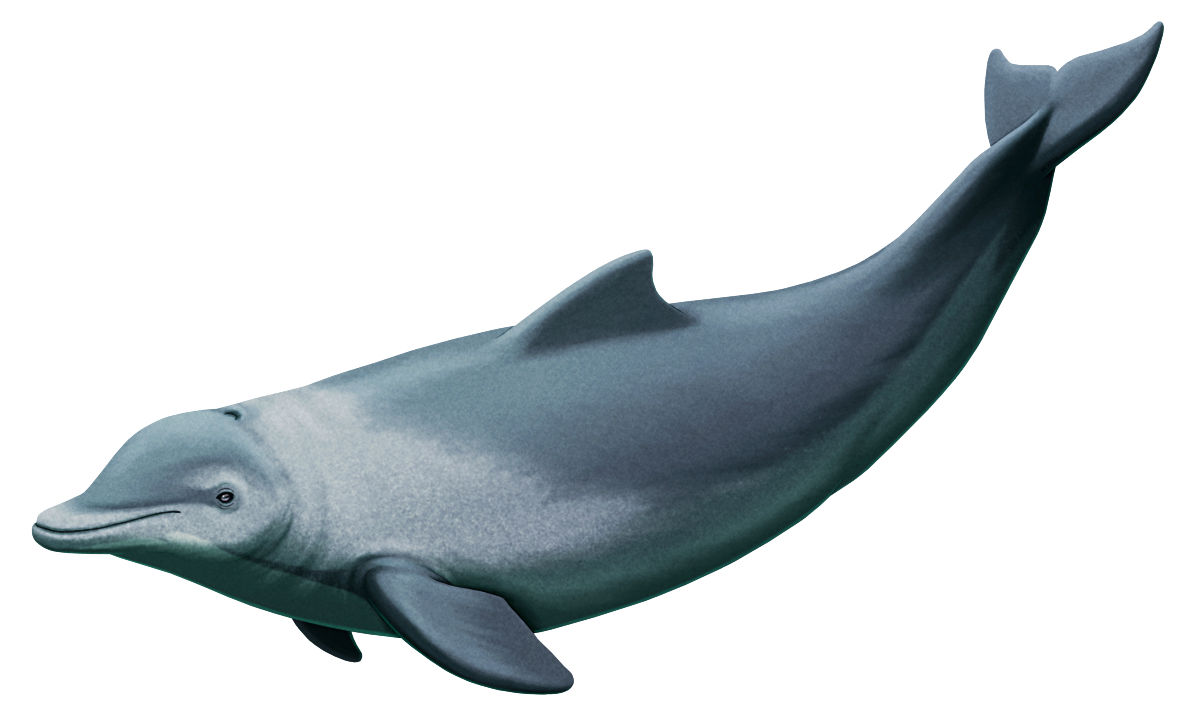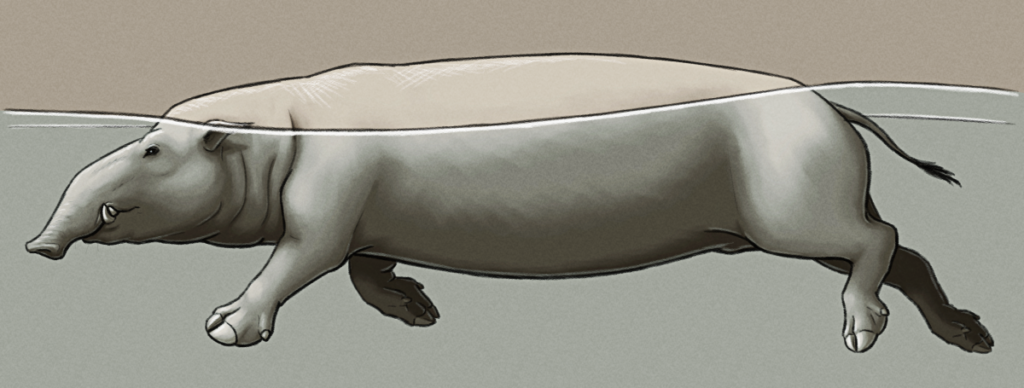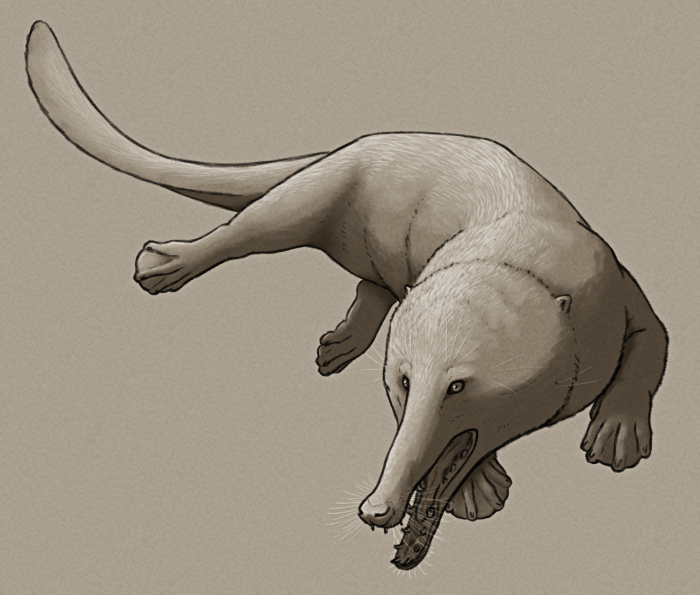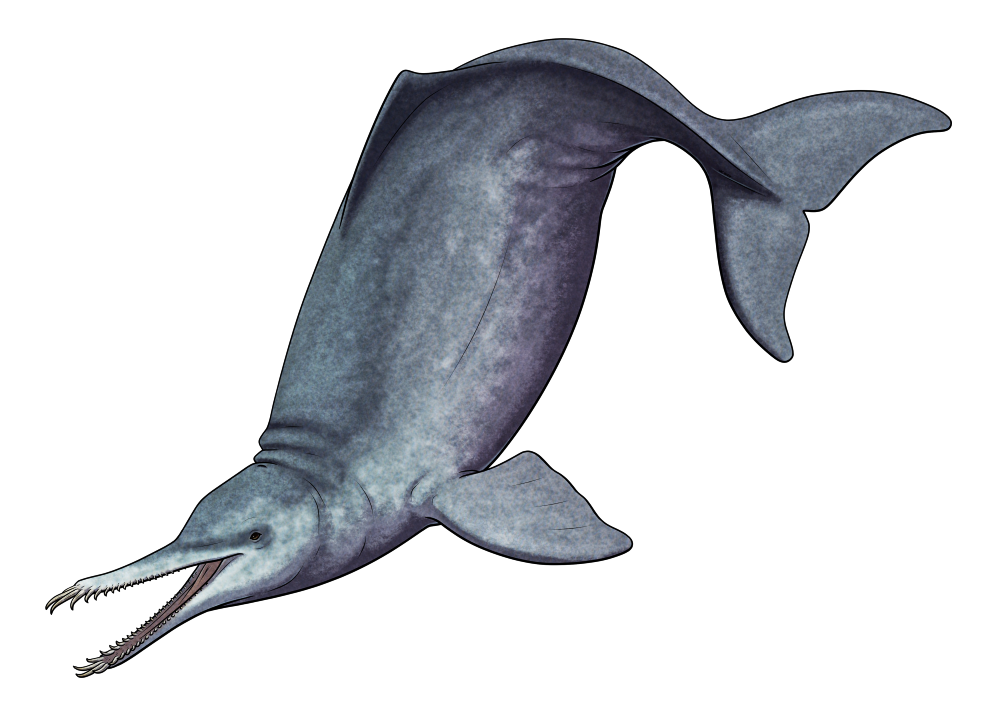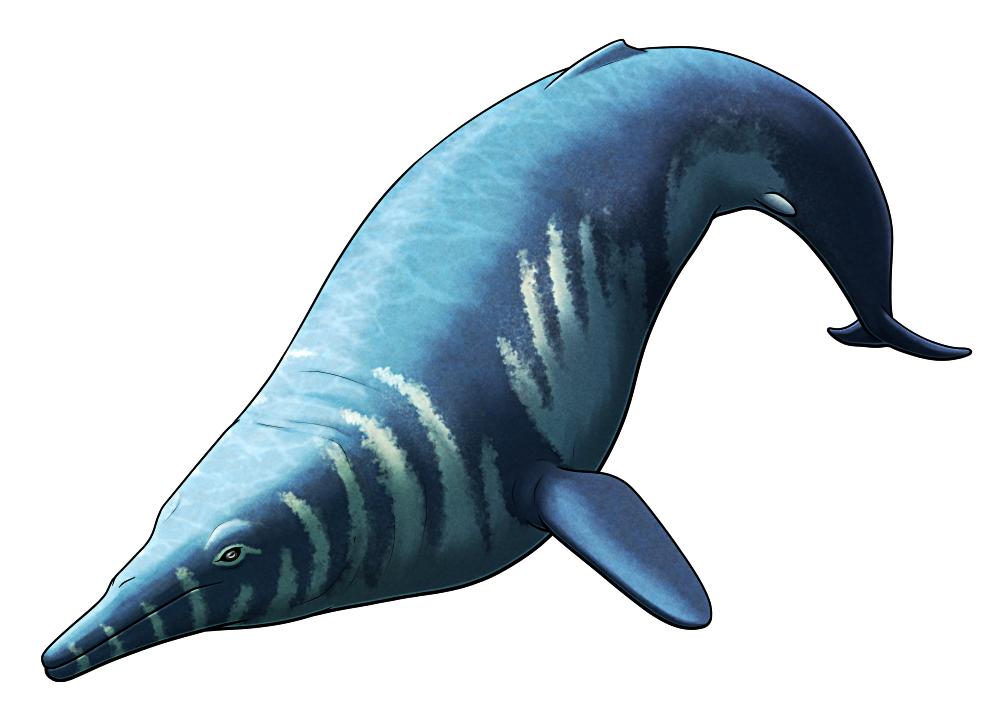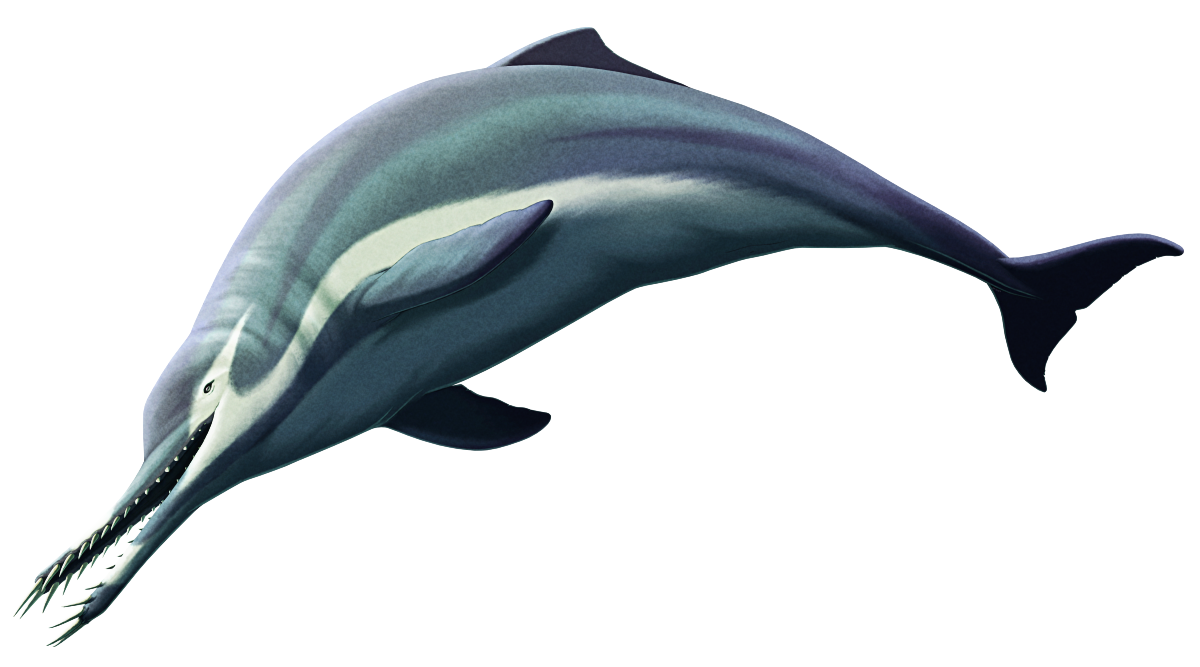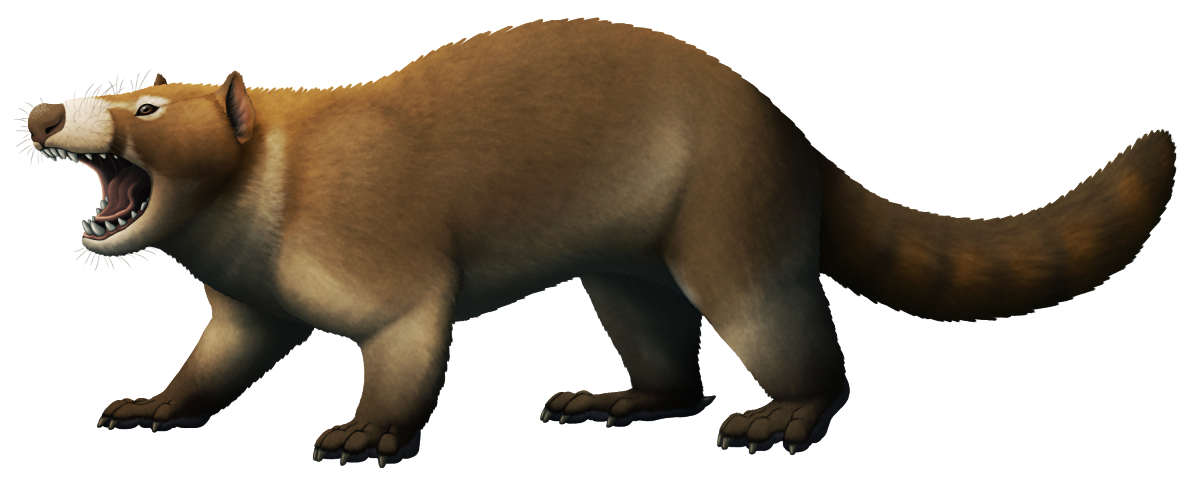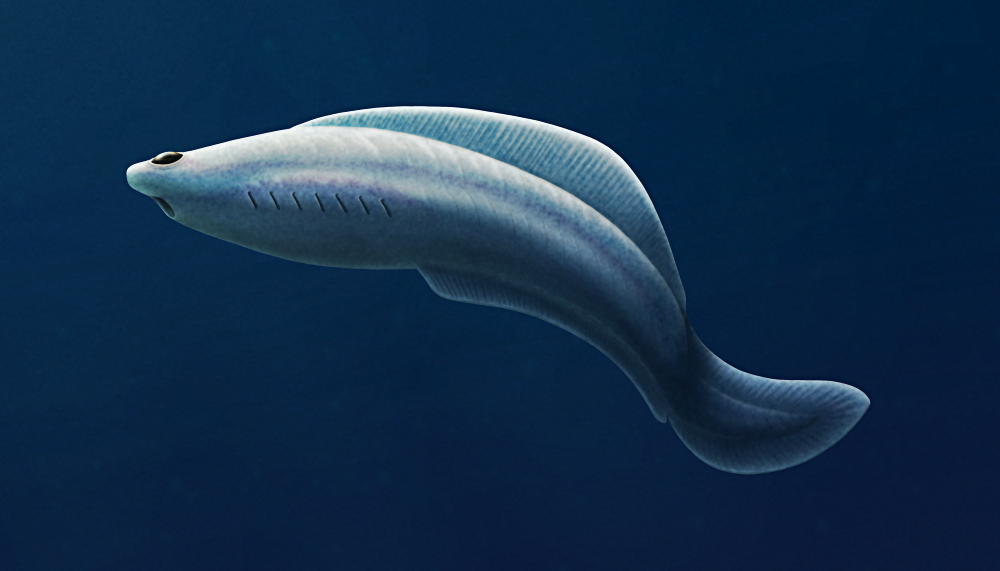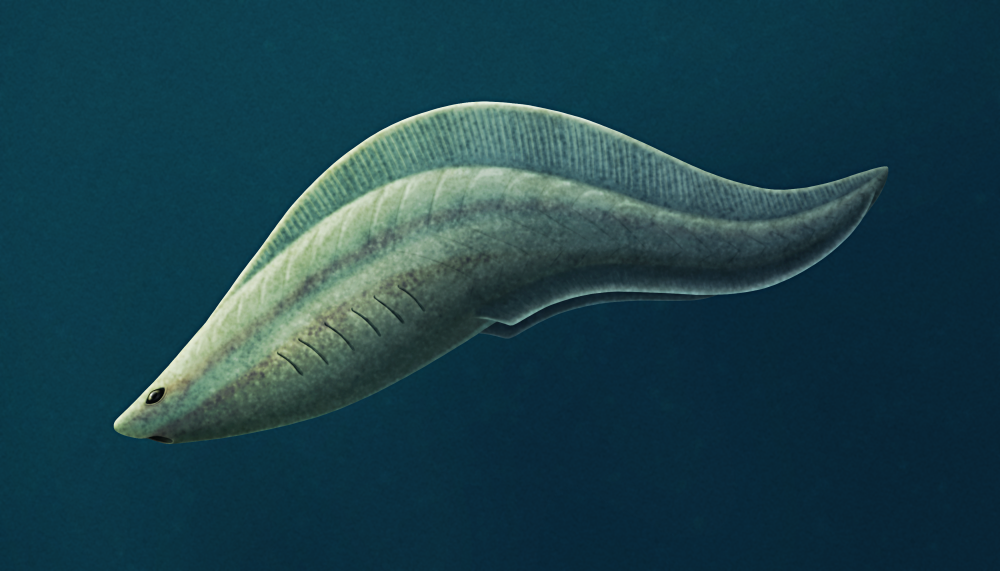Miosiren kocki was a sirenian (sea cow) that lived during the early Miocene (~20-15 million years ago) in what is now the North Sea basin in northwestern Europe.
Similar in size to the very largest modern manatees, about 4-4.5m long (~13-14’10”), it has traditionally been classified as an early member of the manatee lineage – but a study in 2022 suggested it may instead represent a much earlier stem of the sirenian evolutionary tree, with its ancestors potentially having diverged around 34 million years ago.
It had unusually thickened bones in its skull, especially around the roof of its mouth, which would have given its jaws a very strong chewing force. Isotope analysis of its teeth show it was part of a marine algae-based food web, unlike the seagrass-based diets of other sirenians, so it may have been specialized to feed on a much tougher diet. Possibly it was eating something like calcareous algae, or more speculatively it might even have been crunching on hard-shelled algae-consuming marine invertebrates.
Continue reading “Miosiren”

